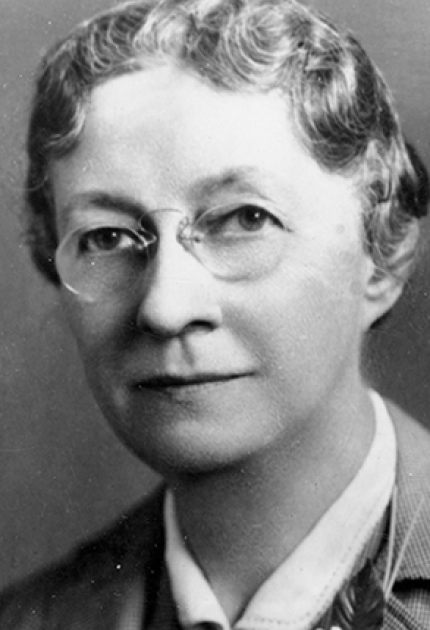Like being able to keep food cool and fresh in the fridge? Like keeping ice cream in the freezer for months and months on end? (Well maybe not months if you’re like me!) Then thank a woman. Specifically, this woman: Mary Engle Pennington, a scientist in the first half of the 20th century.
Pennington was born in Nashville in 1872 and raised in Philadelphia. From an early age she showed an interest in science, and earned her Bachelor’s of Science in chemistry from the University of Pennsylvania, although since women were not allowed to receive degrees, she only received a certificate of proficiency. She ended up earning her PhD from the University of Pennsylvania as well, and afterwards founded the Philadelphia Clinical Laboratory. She held numerous positions, including Director of the Clinical Laboratory at the Women’s Medical College of Pennsylvania, bacteriologist at the Philadelphia Bureau of Health, researcher in the department of hygiene at the University of Pennsylvania, and bacteriological chemist at the U.S. Department of Agriculture.
In 1907 she began as the chief of the Food Research Laboratory in the Department of Agriculture, where she investigated the safe processing of chicken for human consumption and the refrigerated boxcar, which led to research into the ability to transport and store perishable goods using refrigeration. She also researched how to dry-pack fish fillets, how to ship eggs and other perishable foods, solved the problem of humidity control in cold storage, and established national standards for refrigerator boxcars. After starting her own consulting firm, she also founded the Household Refrigeration Bureau, which served to educate consumers on safe refrigeration practices.
She was a member of the American Chemical Society, receiving the Garvan-Olin Medal from them, an inductee of the Women’s Hall of Fame and the National Inventor’s Hall of Fame, and a fellow of the American Association for the Advancement of Science. She ran her consulting firm until her death in 1952. Thanks to her hard work, safe refrigeration became a possibility for countless numbers of people, in a time when she couldn’t even technically receive the degree that she had earned.

